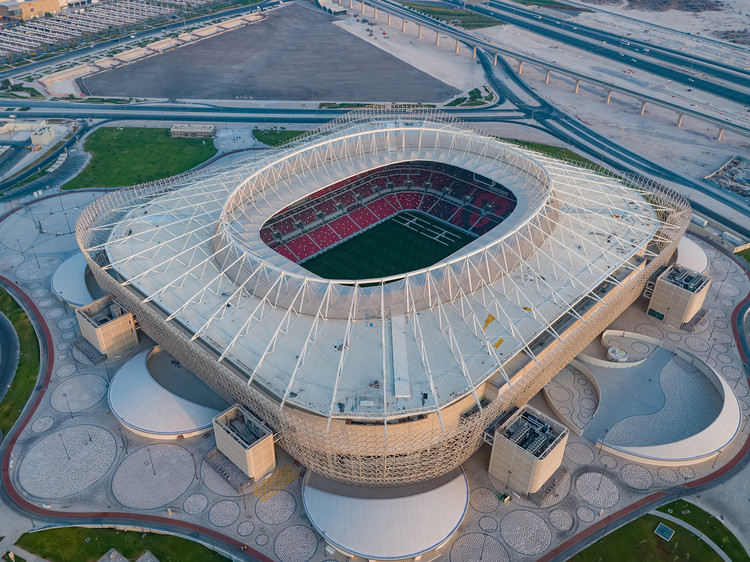The 2022 World Cup in Qatar will be ground breaking in a number of ways when the first ball is kicked at the Al Bayt Stadium on Nov. 21.
Being held in the Middle East — as part of FIFA’s pledge to host a major tournament in the region — Qatar 2022 will bring the biggest international football showpiece to the Arab world for the first time.



